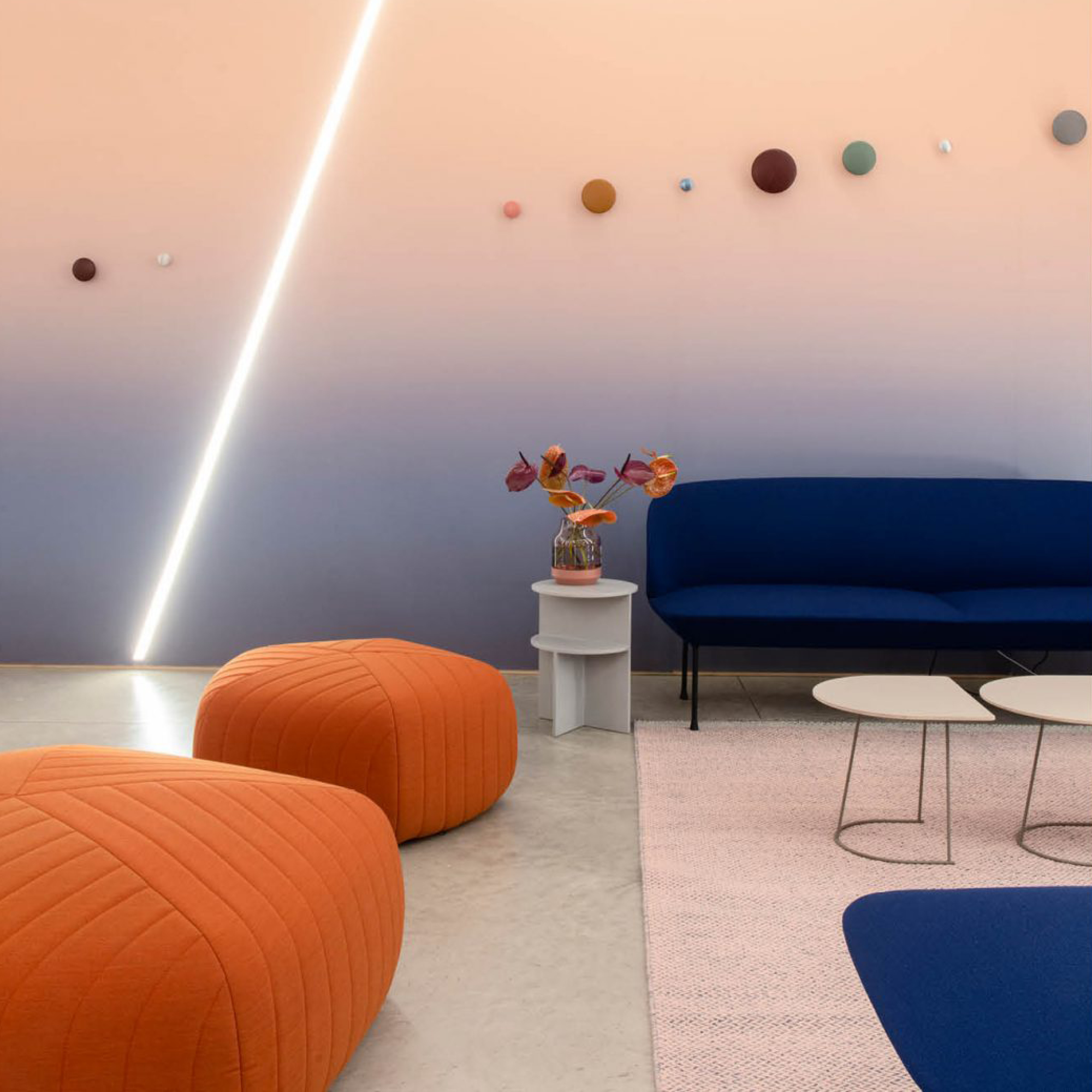Neuroaesthetics: How design can impact our health and wellbeing
 Google - A Space For Being Exhibition, Milan
Google - A Space For Being Exhibition, Milan As the conversation around wellness heightens, we are seeing a more considered approach to design. Consumer insights suggest that Neuroaesthetics; a field of study that explores the impact aesthetics have on the human brain and behaviour, is becoming prevalent amongst architects and designers. Experimenting with new approaches using colour, materials, light and sound creates interiors that engage all the senses and enhances our wellbeing.
Google’s exhibition, A Space for Being at Milan Design Week 2019 explored the impact of neuroaesthetic design. The exhibition featured three rooms with varying sounds, lighting, scents and materials, intended to stimulate visitors’ senses in different ways. The rooms were designed to help people realise that they can improve their own health and wellbeing with simple changes in the home.
We are seeing a number of brands and designers experimenting with colour. Paint brand Valspar teamed up with Professor Charles Spence to launch an immersive experiment to discover how our senses can impact our colour choices. The scientific experiments were developed by ‘multi-sensory architects’ Bompass & Parr. Each study measured the emotional response of the participant, discovering how taste, smell, touch, sight and sound affects the way they perceive colour.
“A quest for living the healthiest life possible drives this trend. Considering neuroaesthetics in the design process responds to a desire for holistic solutions. An awareness of how colour, light, shapes and textures affect emotional and physical wellbeing is rising. Until recently designers focused mostly on exploring the impact of relatively basic visual information – such as symmetry vs asymmetry, contrast levels or how objects are grouped. As the benefits of using colour and light to boost mood gains traction, we see an increasing number of designers and brands thinking beyond these basic principles. In product design colour and finish become an important part of the design process, not an afterthought. For lighting, adaptable sources which support circadian rhythms grow in popularity.” – Alina Schartner, Trend Bible Home & Interiors Creative Trend Editor.
In response to this shift in design, we expect to see architects, housing developers and designers’ experiment with a more holistic approach to the home. Design features and healthier materials that ensure the environments we live and work in positively impact our health and wellbeing will become increasingly popular.
Detailing the broader lifestyle context through to colour and design inspiration, our Spring Summer 2022 trend book will guide you through the season; helping you develop commercially successful products and relevant messaging.